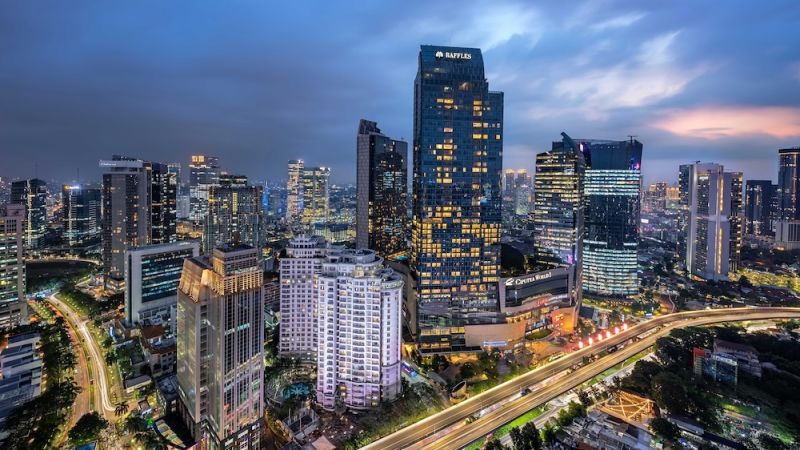Facial recognition technology is now at the core of most modern technological solutions. It goes beyond just identifying people; today, it is used in many different ways, from security systems to mobile apps.
Facial Recognition: An Overview
Facial recognition is a technology that uses certain physical characteristics in order to determine who someone is analyzing an image of their face. This identification method is different from others because it does not require anything to be touched, and it is also considered safer because it takes advantage of the distinct facial configuration that every individual has. Identification technologies employ cameras or sensors that take images and analyze unique facial details in order to establish identity.
Initially, facial recognition technology was used mainly for security purposes. However, it is now being applied in various industries such as health, sales, banking and communication sectors among others. The advancement of this technology continues, which explains why users can put Face ID on apps easily or use facial recognition for contactless payments.
Enhancing Security and Privacy
One of the most widely recognized uses of facial recognition is in security. Facial recognition systems are now commonly found in smartphones, with Face ID technology serving as a prime example. These systems use advanced algorithms to scan the user’s face and match it against stored facial data to grant access. This makes it difficult for unauthorized individuals to access personal data or secure applications, offering a higher level of protection than traditional PINs or passwords.
In addition to individual device security, facial recognition is also gaining traction in public and private security environments. Airports, shopping malls, and even large corporate buildings are employing facial recognition for identity verification, monitoring, and even tracking individuals. This provides an additional layer of security, ensuring that only authorized individuals are allowed into specific spaces.
Facial Recognition in Healthcare
In healthcare, facial recognition is being used to streamline patient management and enhance the quality of service. By integrating facial recognition systems into hospital and clinic systems, medical personnel can quickly verify a patient’s identity, reducing the risk of medical errors, such as incorrect patient information or medication being administered.
Furthermore, facial recognition technology can be used to monitor patients, especially those with conditions like dementia. It helps caregivers identify patients in real time, ensuring they receive timely attention, and can even aid in tracking their movements to prevent wandering.
Facial Recognition in Retail and Customer Experience
Retailers are increasingly using facial identification in their attempts to provide better client service and operate more efficiently. With these systems, companies may monitor what clients want, how they buy things and even fashion individual buying trips. Facial recognition may enable shops to welcome known buyers again or give special offers linked to what they bought earlier.
Additionally, facial recognition enhances security in retail by preventing fraudulent activities such as return fraud or identity theft, where stolen payment information is used. By matching the customer’s face to their profile or payment data, retailers can reduce the chances of these fraudulent activities.
Challenges and Concerns
Although there are advantages of facial recognition technology, many problems hinder its use. The major concern in relation to this technology is privacy. Those opposing this technology claim that it invades people’s privacy by taking and examining their facial appearances in secret without them knowing or agreeing to it. Such issues bring out concerns about the safety of information, permission, as well as misuse.
There are worries that facial recognition systems may not be accurate, particularly for different people. According to research, facial recognition algorithms are likely to make more mistakes in recognizing individuals among ethnic minorities and females. Such inconsistencies could result in prejudices as well as unequal practices such as security checks, employment selection using this innovation among others.
Furthermore, as facial recognition becomes more ubiquitous, there are growing fears about how this data might be exploited by governments, corporations, or malicious actors. With the potential for massive databases of facial data, it is crucial that strong safeguards are put in place to protect sensitive information.
The Future of Facial Recognition
Advancements in technology have led to the growth of facial recognition applications. The progress in machine learning, artificial intelligence, and deep learning is expected to enhance the accuracy and adaptability of facial recognition, thereby shaping its future.
Facial recognition is likely to integrate further into our daily routines, with potential applications in intelligent home systems. For example, through facial recognition technology, one may be able to adjust the entry of people into the house, determine favorite lighting settings as well as make it possible to communicate with artificial intelligence-driven digital entities.
Moreover, the increase in the cashless culture due to Covid-19 will call for touch-free validation means like facial recognition. In fact, it may replace traditional passwords and pin numbers are even seen as being capable of facilitating quicker and safe monetary deals.











